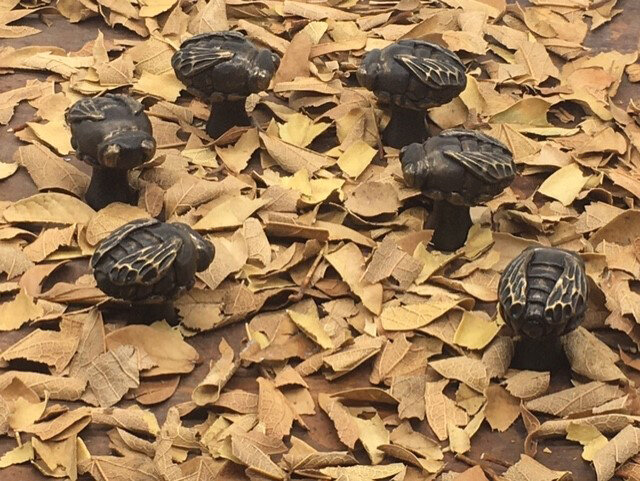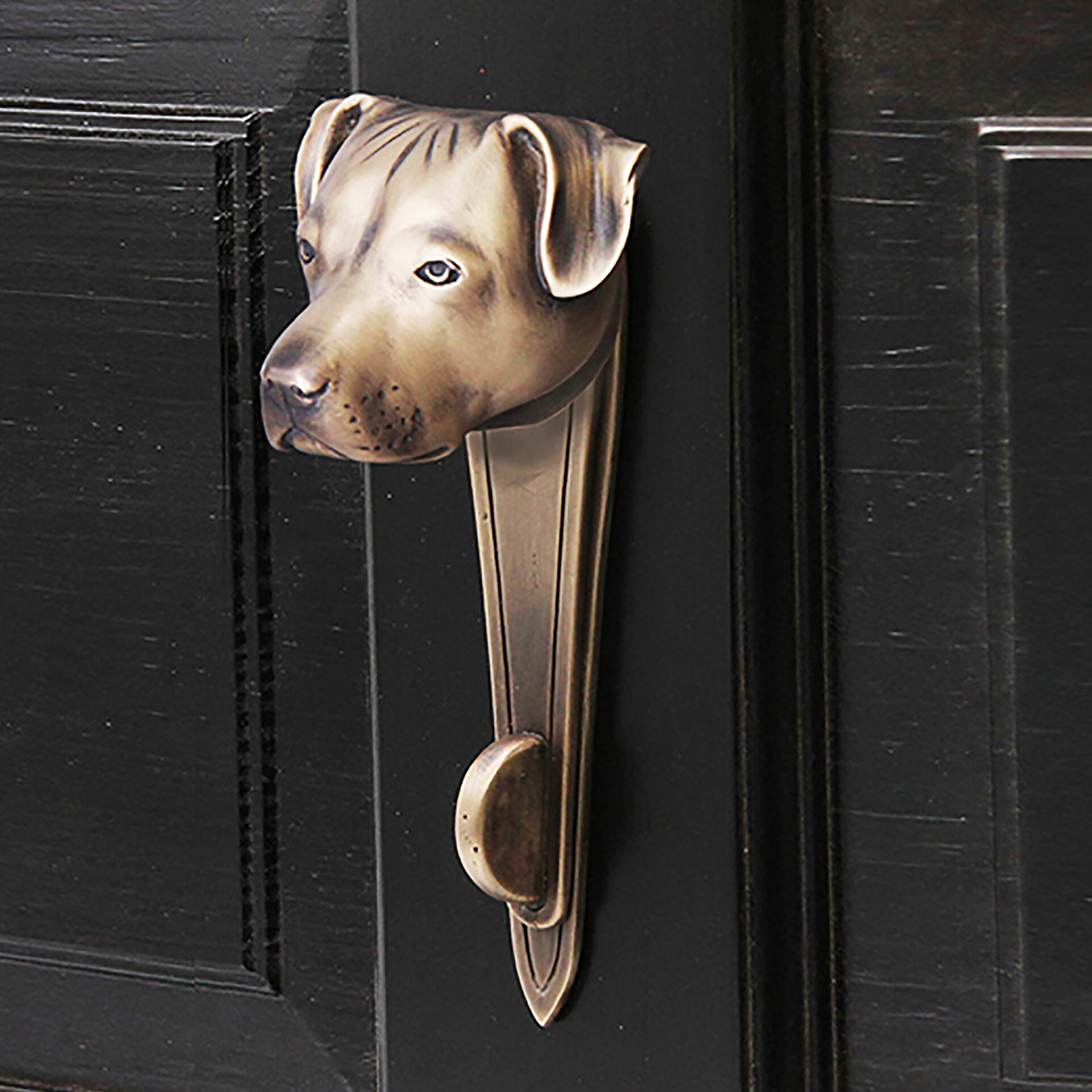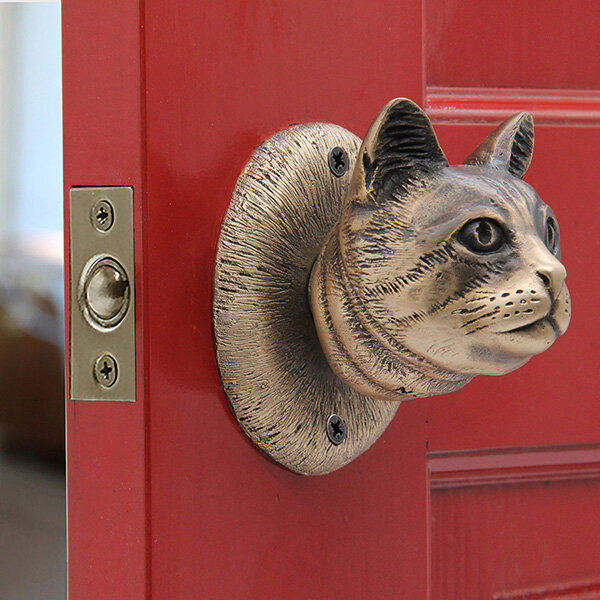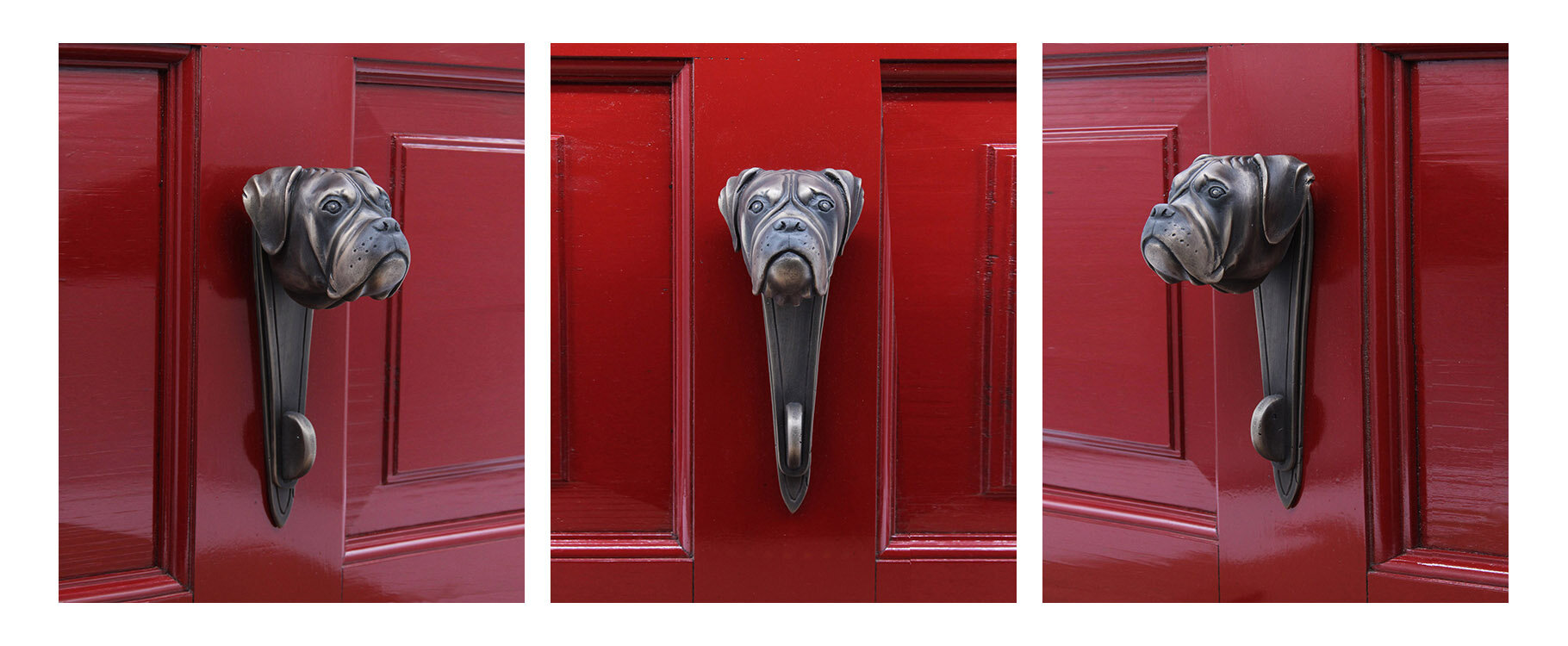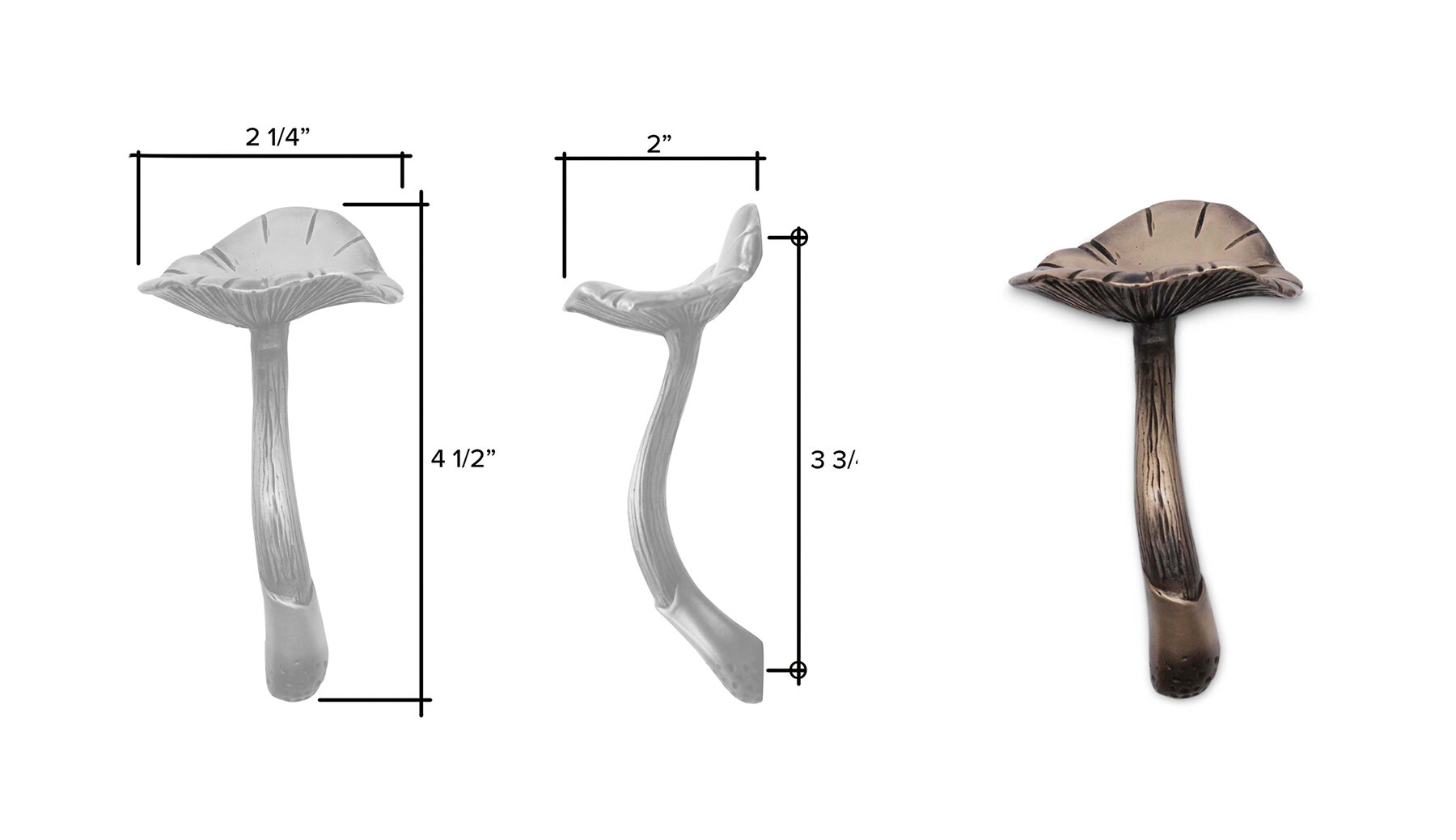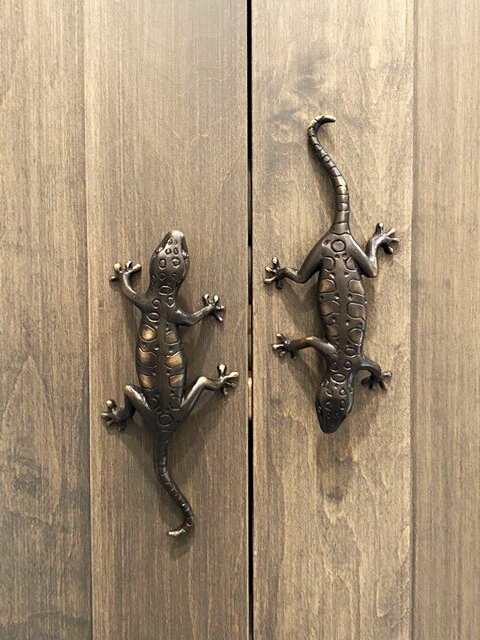We have completed casting our new bumble bee cabinet pull which was developed in response to the popular demand shown for our much larger bumble bee door knob. In an earlier post we documented how the original pattern and molds were created and now we are pleased to share photos of our first pieces which were patinaed in a dark finish and then sealed with oil and wax. As with all of our cabinet hardware the patina and how it is applied is an artistic process and one where we spend a lot of time deciding how best to bring out the details of each piece, where to add and remove color to create shadows and highlights, which parts to burnish which to make dull.
Bumble bees unlike honey bees do not produce a surplus of honey that can be harvested, and they do not live-in large colonies in symmetric organized hives. The bumble bee instead creates its nest opportunistically by using tree holes, rodent nests, leaf litter to form a seemingly disheveled dwelling. The nests may be easy to miss as they use leaves, animal hair and grass to create a layer of insulation to regulate the temperature of their dwelling and prevent it from overheating.
We chose the bumble bee over the honey bee for our hardware designs as its rotund shape makes it easy to grip. The honey bee, by comparison has a slender abdomen and pointed wings and a body shape that is closer to that of many wasps. Not surprisingly as insect lovers we also have 2 styles of wasp which for the non-purist can be paired with the bee to make a cabinet hardware statement.


